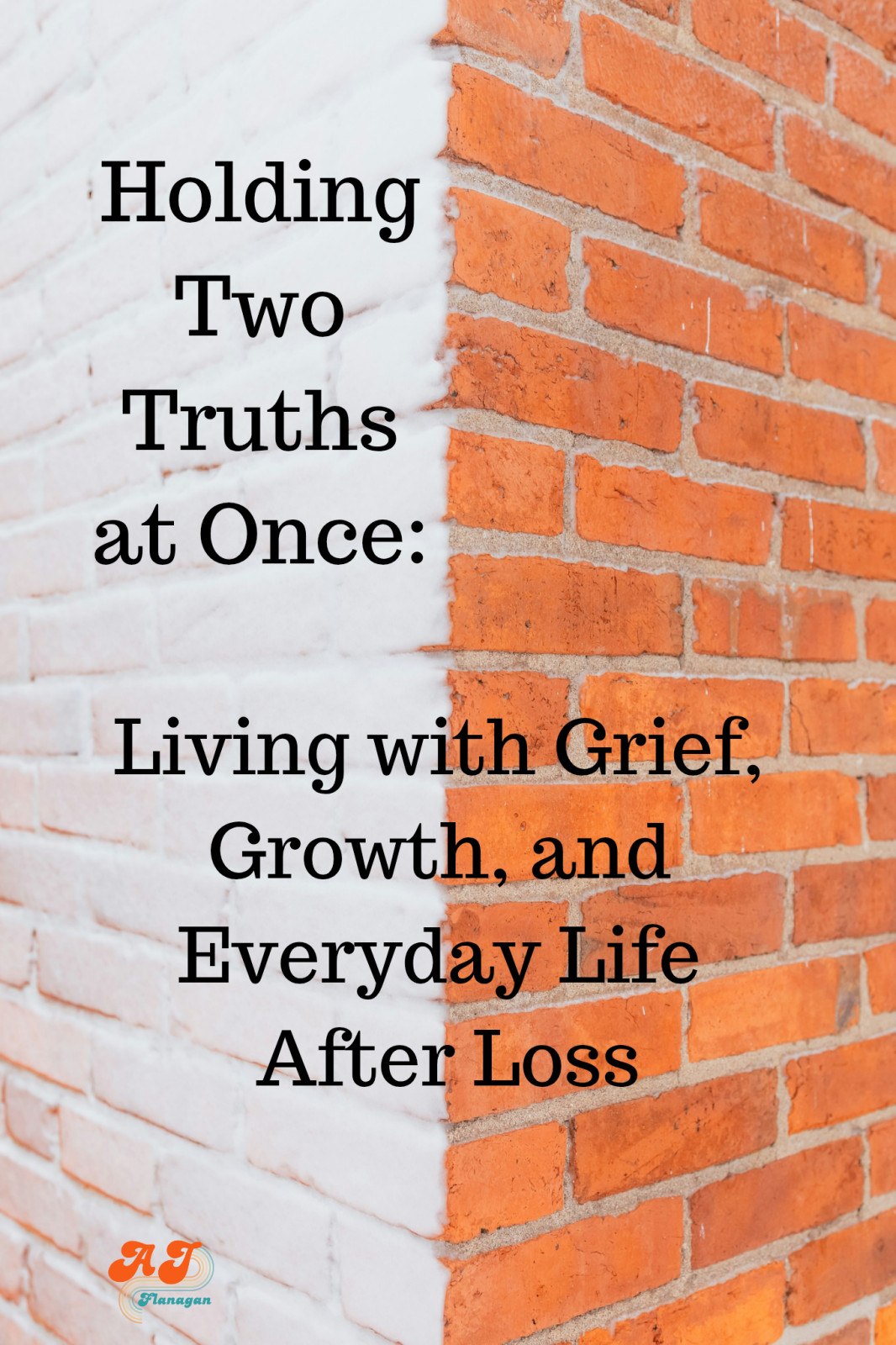
Some days, I can laugh at a meme, cry in the shower, check off a to-do list, and miss Eric so deeply it physically aches—all before noon. It’s kinda disorienting. But it’s also how I know I’m still here, still feeling.
That’s the thing nobody really prepares you for: how often conflicting emotions show up holding hands. You can be grateful and overwhelmed. Hopeful and heartbroken. Healing and still hurting.
That part—holding two truths at once—feels like a quiet superpower. One we’re not taught growing up, but end up learning when life hands us something heavy. It becomes a survival skill. A lifeline.
I first noticed it in grief. But once I saw it, I couldn’t unsee it—in personal growth, in parenting, in the messy in-between moments of everyday life.
We don’t talk enough about that emotional middle ground. And we really don’t talk about how often healing and hurting ride side by side. So… let’s talk about it.
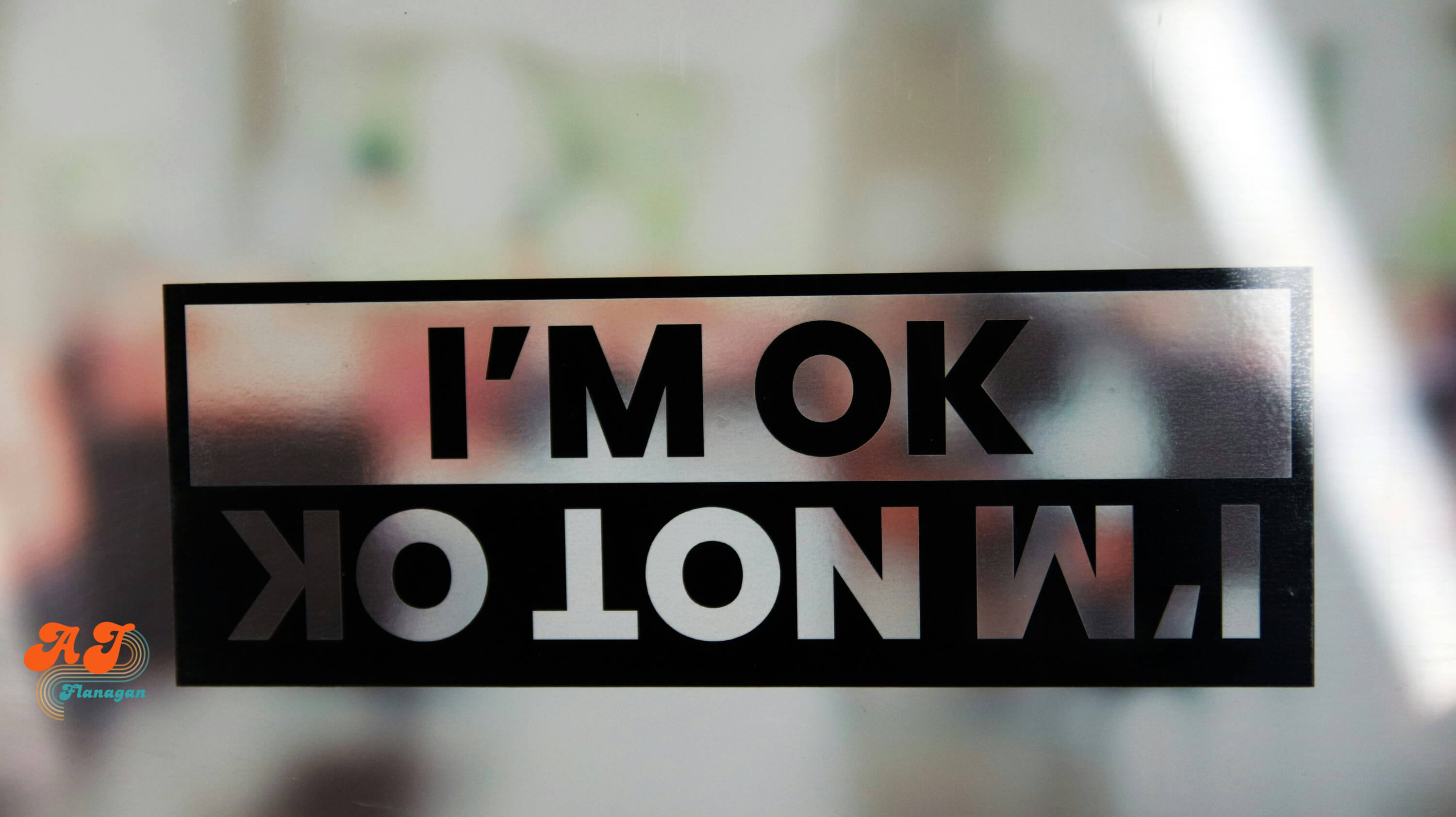
Life After Loss: What Comes Next?
There’s this weird moment that comes after a crisis. You don’t always notice it right away. It’s quiet. It doesn’t announce itself like the trauma or the loss did. But one day, you catch your breath and realize that you’re not drowning anymore.
That doesn’t mean you’re “better.” It just means the pain has shifted.
I’m not in survival mode these days. I’m back to writing, podcasting, lunching with friends, staying busy. I laugh more easily. I make plans. I say yes to things. There's stuff on my calendar now. But I still catch myself in those quiet moments—early mornings, late nights—when the ache settles in beside me like an old friend.
“There are mornings I wake up excited to write or podcast or spend time with my grandkids—and there are also moments that feel hollow in the quiet hours. Both are true.”
How Grief and Joy Can Coexist
At first, I thought I had to choose—either I was grieving, or I was healing. Either I was “doing okay,” or I was falling apart. I didn’t realize that both could be true at the same time. That joy and sorrow often show up hand in hand.
And let me tell you—they do. All the time.
I’ve had genuinely good days that end with tears.
I’ve felt deep gratitude for the life I have now while missing the one I had before.
I’ve laughed until I cried—then cried for real a few minutes later.
“I can laugh at something ridiculous one minute and then cry at a commercial the next. It’s not mood swings—it’s just life after loss.”
When you’ve lost someone or something that mattered, joy doesn’t mean the grief is gone. It just means you’ve made room for both. And that contrast is what makes life feel richer, more layered, more real.
“I thought I’d reach a point where I’d feel better. What I found instead is that I just got better at carrying the weight without setting it down.”
Letting Go of Either/Or Thinking in Grief
Most of us were raised to believe that feelings should come one at a time. That you’re either sad or happy, healed or broken, moving on or stuck.
But life is rarely that tidy.
I used to think I’d arrive at a point where I’d feel “done” with grief. Like there would be a ribbon-cutting ceremony to mark the end of the hard part. As if there’s a neat finish line with a badge that says, “Congratulations, you’ve graduated from Grief.”
Instead, what I’ve found is this: I just got better at carrying the weight. It didn’t get lighter—I got stronger.
That’s the shift no one prepares you for. We’re so conditioned to chase closure, to fix the mess, to get over the hard stuff... to box it up and put it away so we won't feel those hard feelings again. But there’s something powerful about realizing you don’t have to pick a side. You can live in the middle. And still be okay.
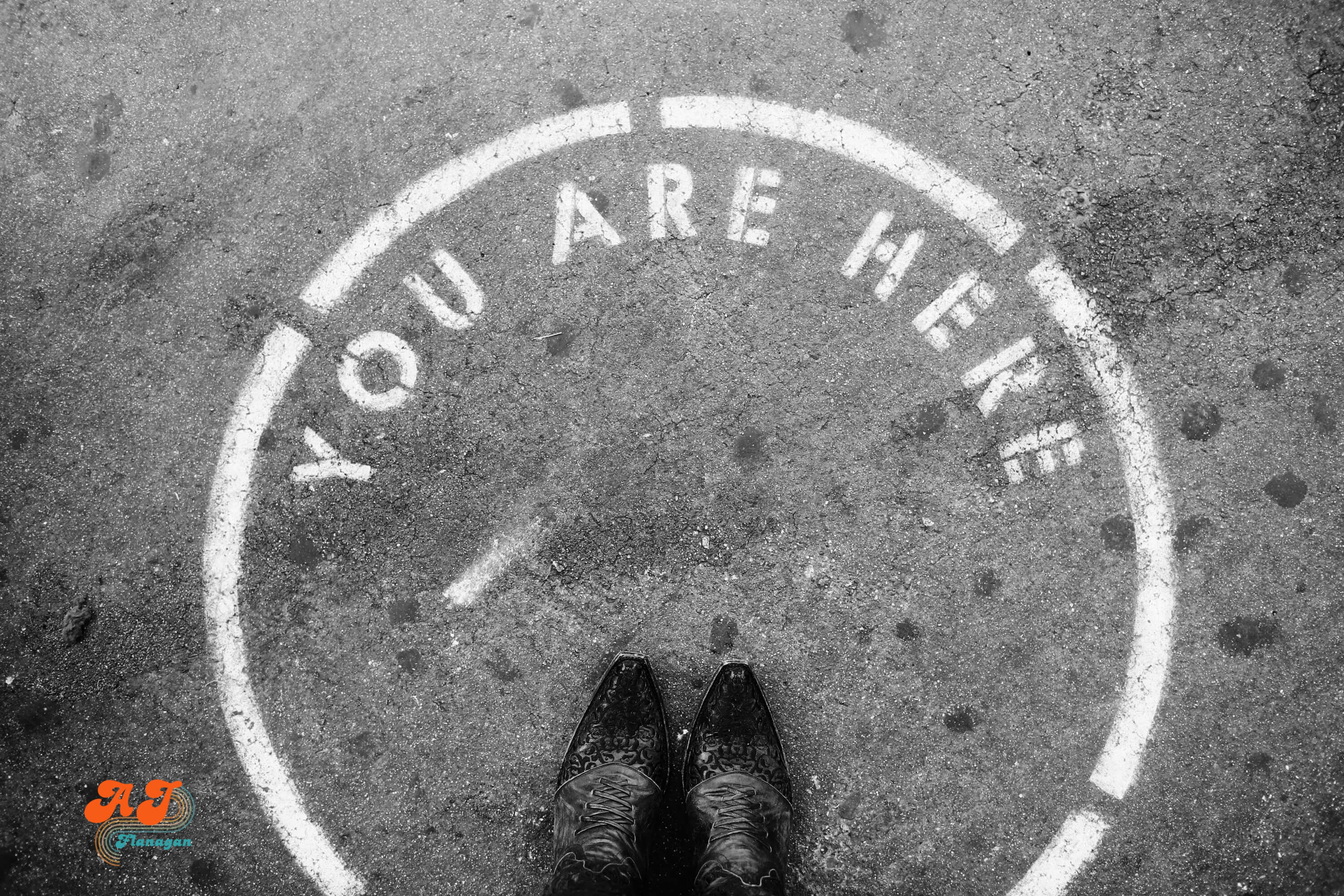
Grief, Transition, and Life’s Turning Points
Grief might have been my doorway into this truth—but once I saw it, I started spotting it everywhere.
This isn’t just about losing someone.
It’s about what I imagine happens after a divorce… after a traumatic injury or illness… after moving away from a life you built… after the kids grow up and move out... after retirement. It’s about those moments when the old version of your life is gone, and you’re still figuring out how to exist in the new one.
And here’s the thing: you can feel proud of your progress and still mourn what came before.
“Even when life is good again, it doesn't mean the hard chapter didn’t leave a mark. It means you’ve made space for both the bruise and the bloom.”
Sometimes that space looks like showing up with an authentic smile… while still carrying a memory that tugs at your heart.
Sometimes it’s being present for your new life… while still whispering your love to someone who’s no longer here.
It’s not one or the other.
It’s both.

Finding Peace in the In-Between
If you would ask me where I am right now, I’d probably say: somewhere between heartbreak and healing. Some days I’m pulled toward what’s next. Some days I just sit with what’s been. And there are days I'm not quite feeling in sync with either point in time. I feel a restlessness that I can't quite put my finger on.
And honestly? I’m trying to stop fighting it. I know there’s wisdom in the waiting. In allowing myself to just "be" rather than forcing anything.
I’ve found comfort in the projects that ground me—in writing, in connecting with others who get it, in spending time with the people I love.
I still have moments that knock the wind out of me. I also have days when I feel strong, clear, and fully alive.
But I no longer feel like I have to “arrive” at some perfect version of myself before living the rest of my life. I’m not waiting for everything to make sense first.
“I’m somewhere between heartbreak and healing—and that in-between space is where I’m learning to live now.”
Emotional Wellness: Holding Two Truths at Once
So if you’re in that in-between place too—where you feel both tired and inspired, where you’re carrying hope and hurt in the same body—this is your reminder:
• It doesn’t mean you’re broken.
• It doesn’t mean you’re lost.
• It means you’re human.
You don’t have to pick one story to tell. You don’t have to feel one thing at a time. You’re allowed to be a walking contradiction. Because sometimes, emotional wellness means knowing that peace and pain can live in the same heart.
So if you’re feeling both heavy and hopeful, missing someone and also learning how to thrive again—maybe you’re not lost.
Maybe you’re just learning how to hold both truths and there’s so much strength in that.
You don’t need to explain it.
You don’t need to fix it.
This is the healing.
And it’s more than enough.
Here’s to finding what works (and letting go of what doesn’t),
AJ
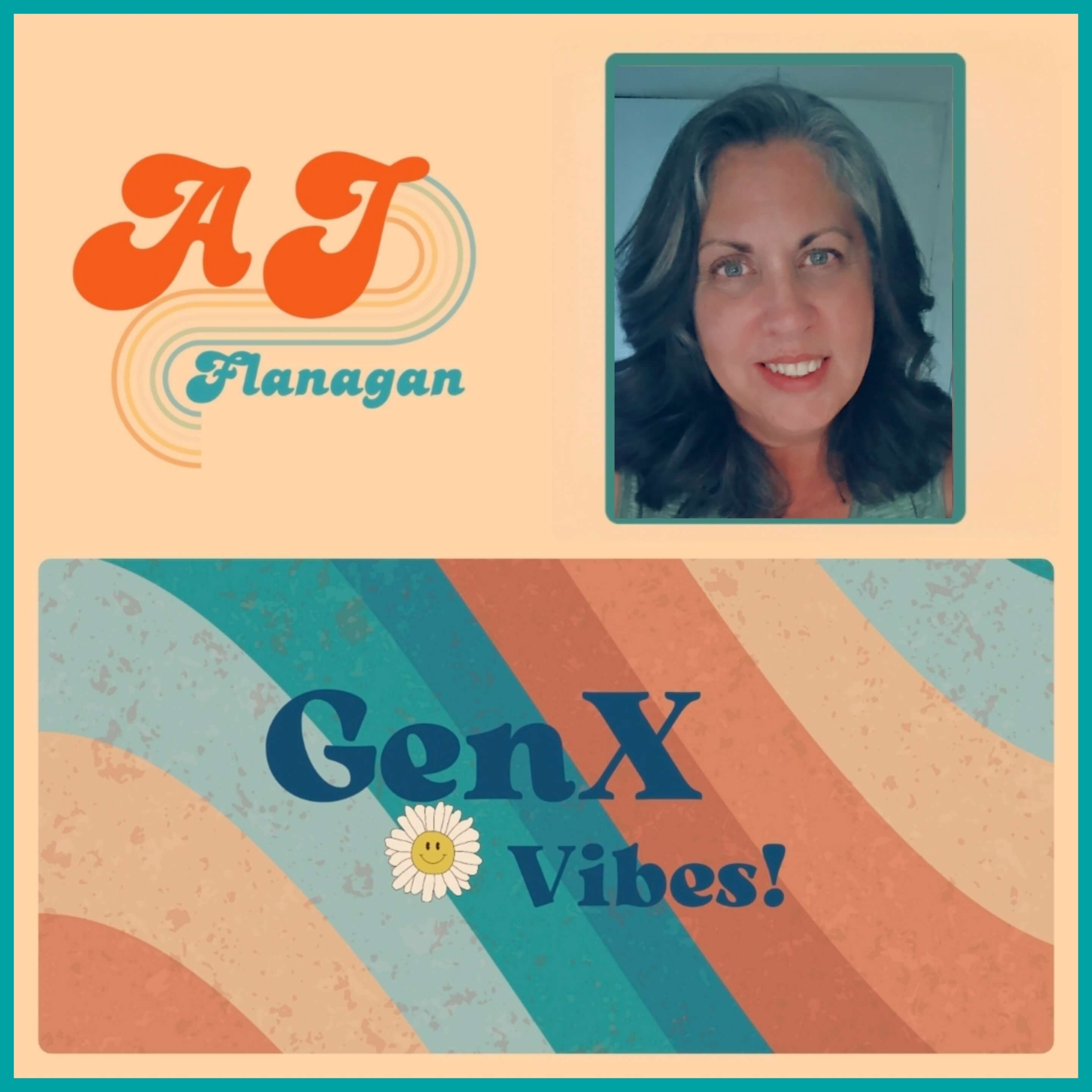
If you’ve made it to the bottom of this post, I’m guessing something here resonated—whether it’s navigating grief and growth, diving into natural wellness, or just trying to live a more intentional life in a fast-paced world.
This space is where I share what I’m learning (and unlearning), the tools that are helping me along the way, and the little things that bring joy, healing, and clarity—even on the hard days.
This space is where I share what I’m learning (and unlearning), the tools that are helping me along the way, and the little things that bring joy, healing, and clarity—even on the hard days.
Want in?
You’re invited to join my newsletter, Finding What Works—a weekly-ish note from me with practical wellness tips, nostalgic nods for GenX souls, and honest reflections from someone who’s still figuring it all out (but loves sharing the good stuff along the way).
This isn’t about perfection or pressure. It’s about finding what supports us, what lights us up, and what brings us back to ourselves—together.
You’re invited to join my newsletter, Finding What Works—a weekly-ish note from me with practical wellness tips, nostalgic nods for GenX souls, and honest reflections from someone who’s still figuring it all out (but loves sharing the good stuff along the way).
This isn’t about perfection or pressure. It’s about finding what supports us, what lights us up, and what brings us back to ourselves—together.
Click here to subscribe and come along for the ride. I’d love to have you in my corner.
Have a question or something to share?
✨ My blog exists because I know what it feels like to keep everything jumbled in your head — like a messy pile of clothes you can’t sort through.
Writing it all down brings clarity, calm, and sometimes even healing answers I didn’t know I was looking for.
Honestly, that’s why I keep showing up to write — it helps me make sense of things.
Even if you have no intentions of ever publishing your work, I highly recommend writing stuff down. It doesn't have to be a literary masterpiece or even full, grammatically correct sentences... just dump those random thoughts onto paper... you'll see what I mean.
*This blog centers the GenX experience, simply because that’s the lens I live through—but anyone looking for connection, natural wellness, grief support, or a little real-talk in this messy stage of life is more than welcome.
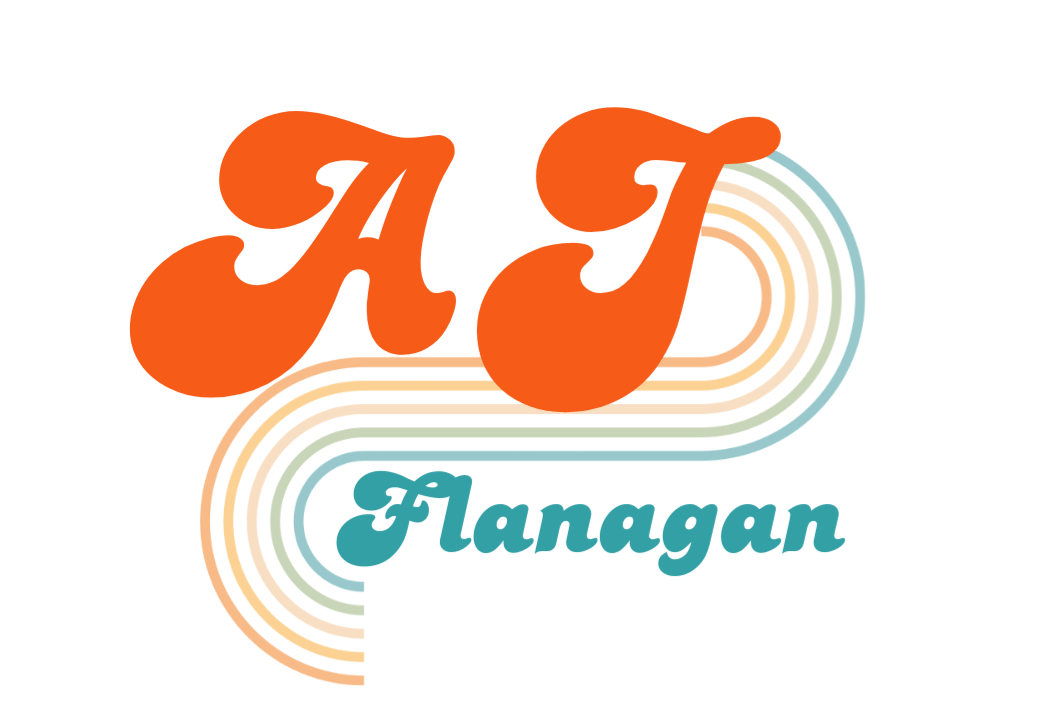

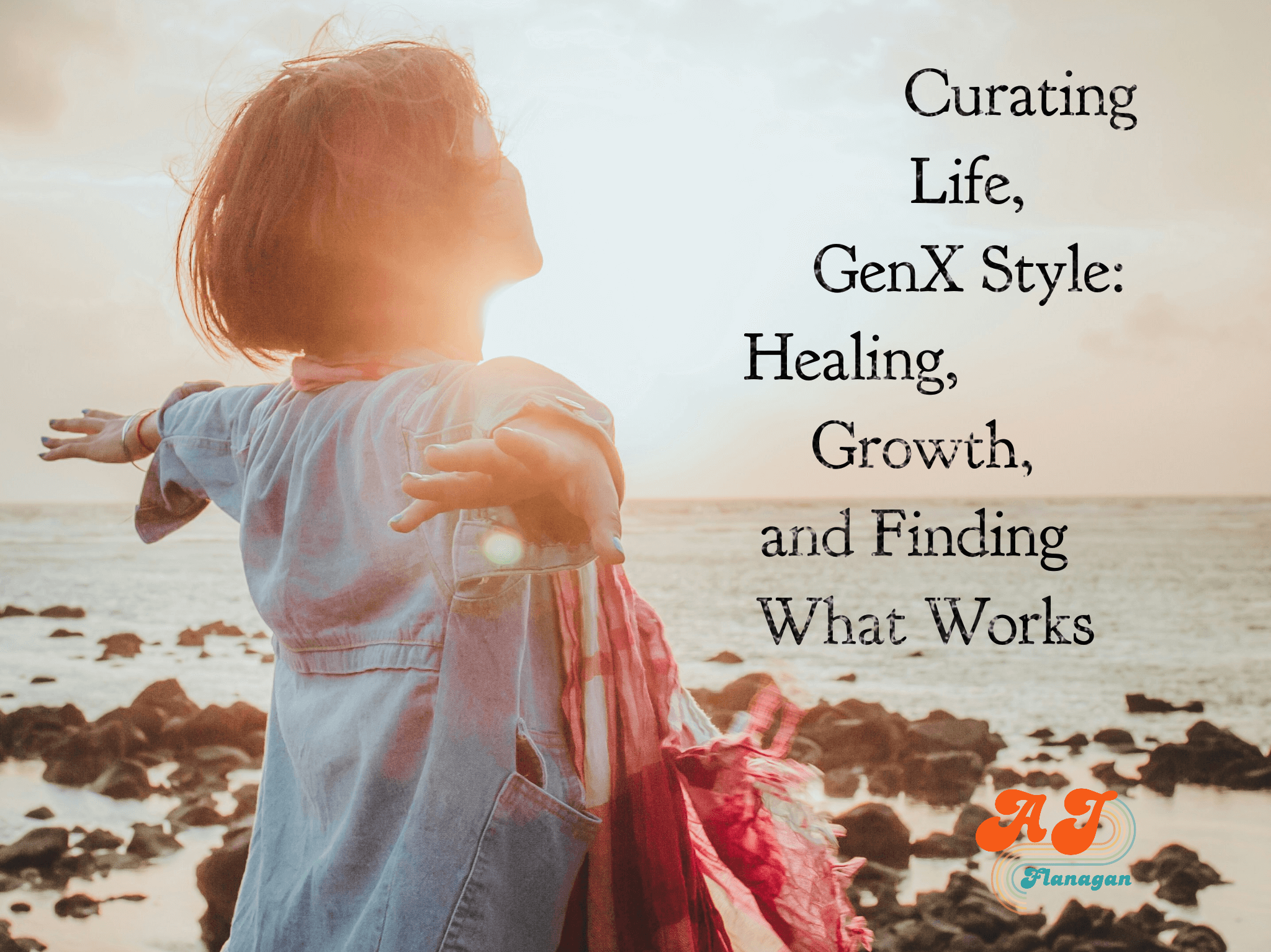
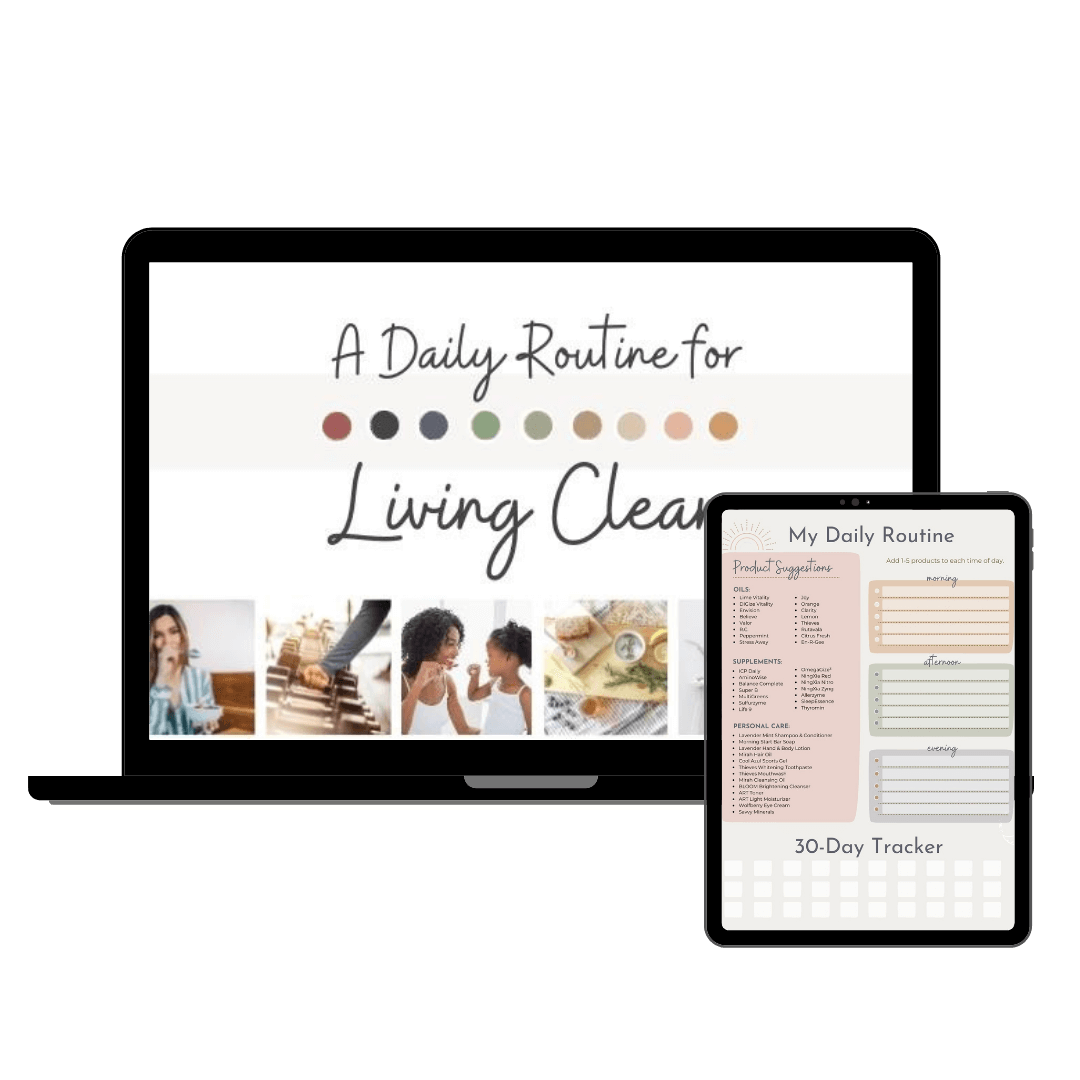
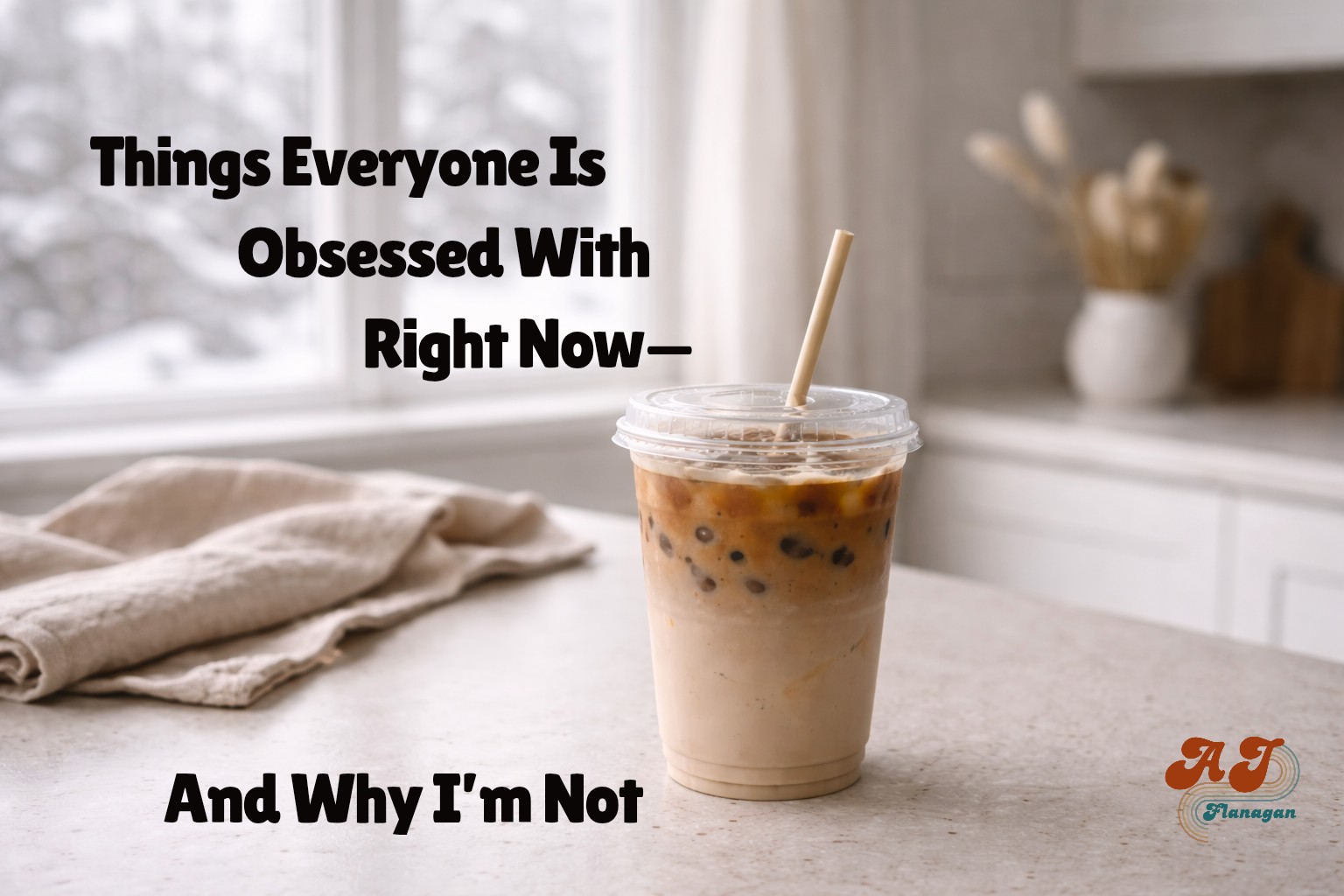
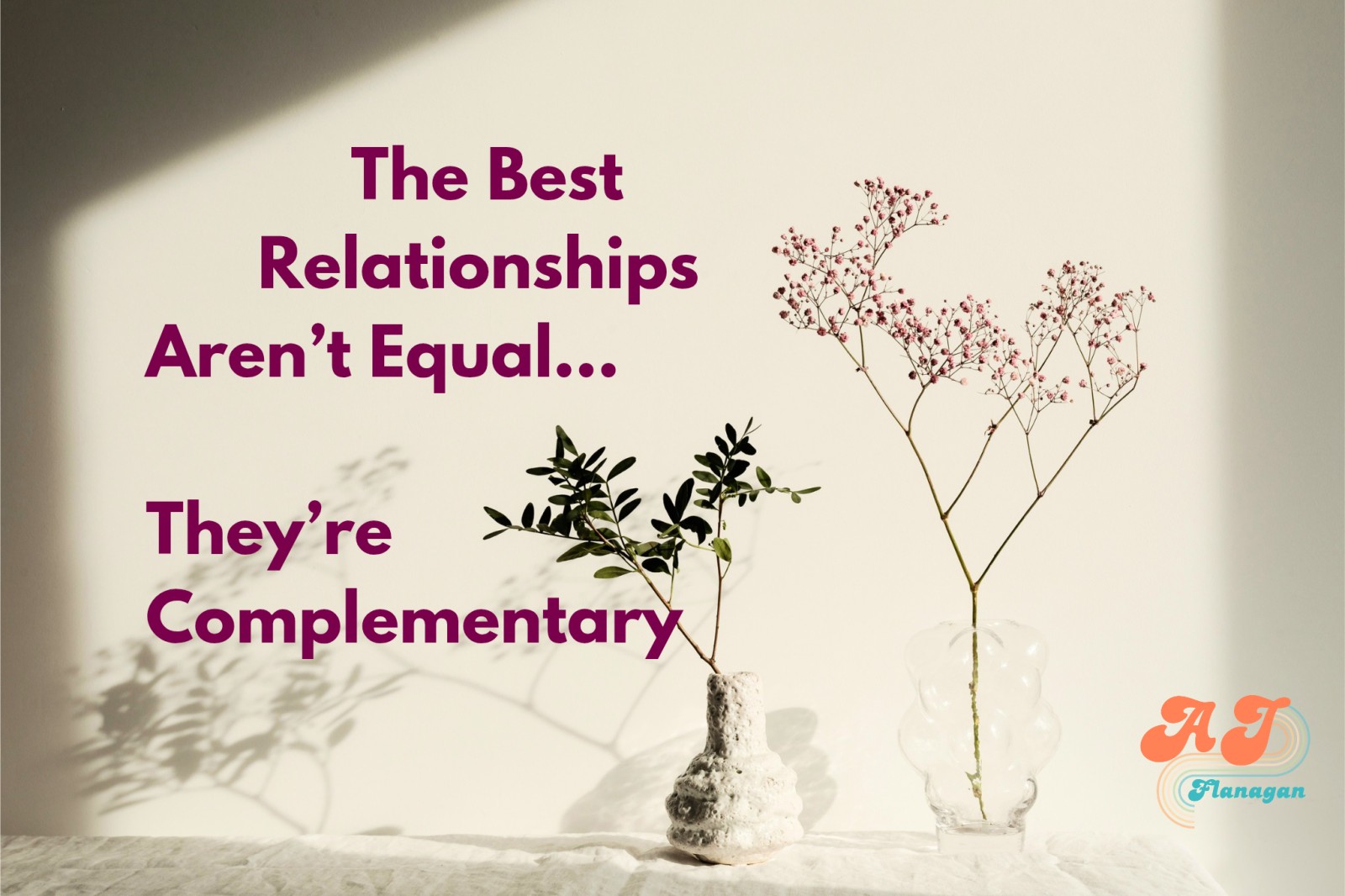
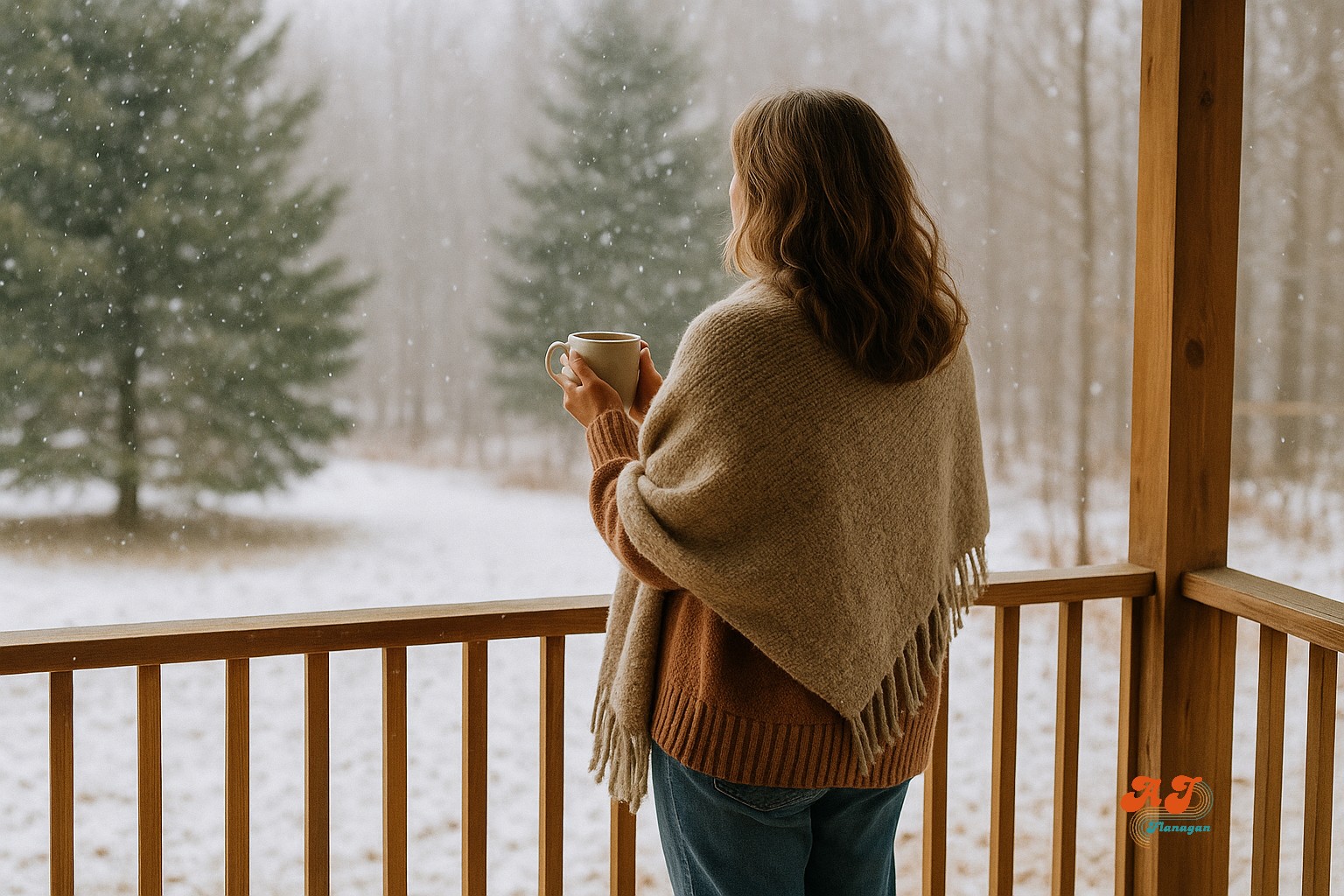
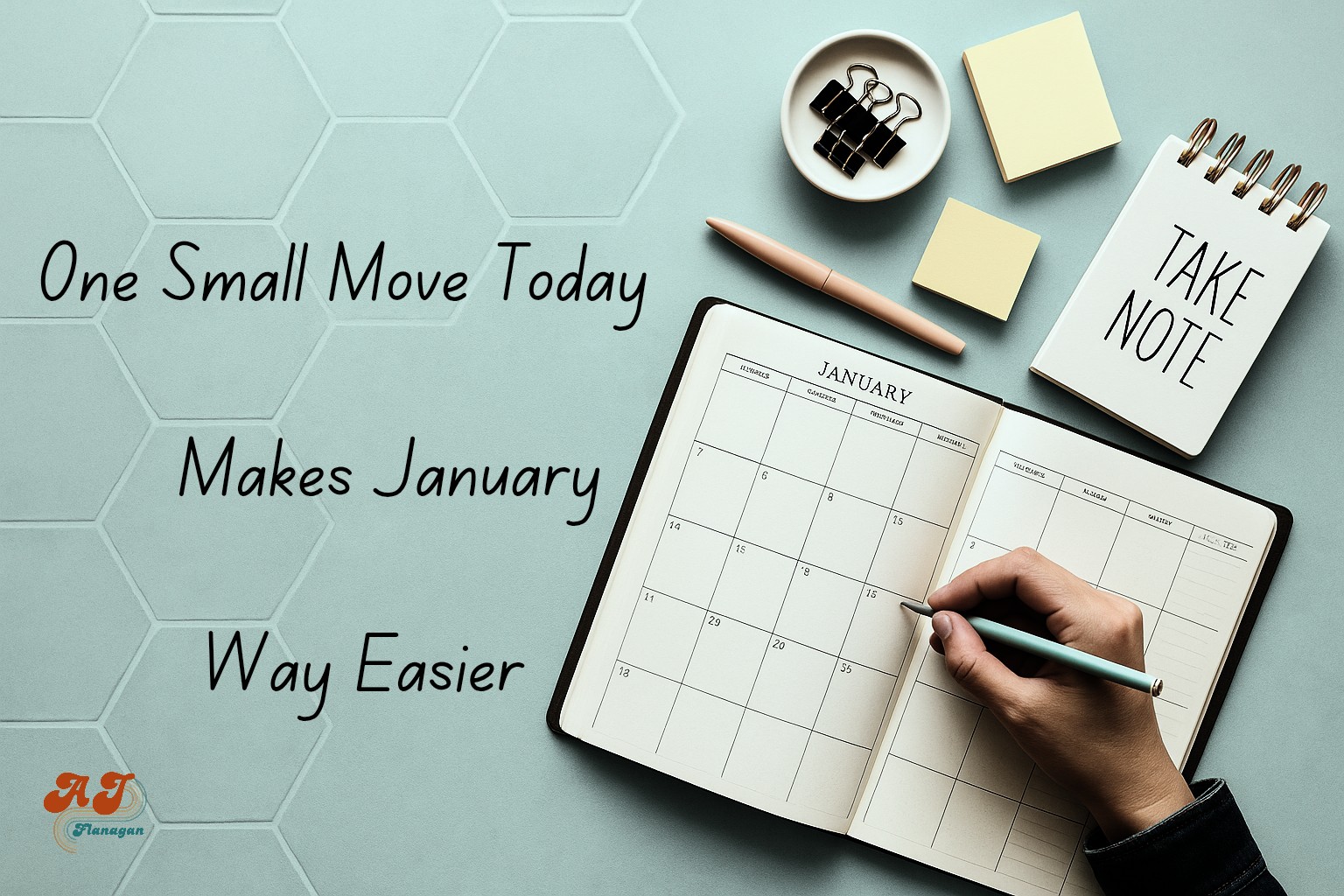
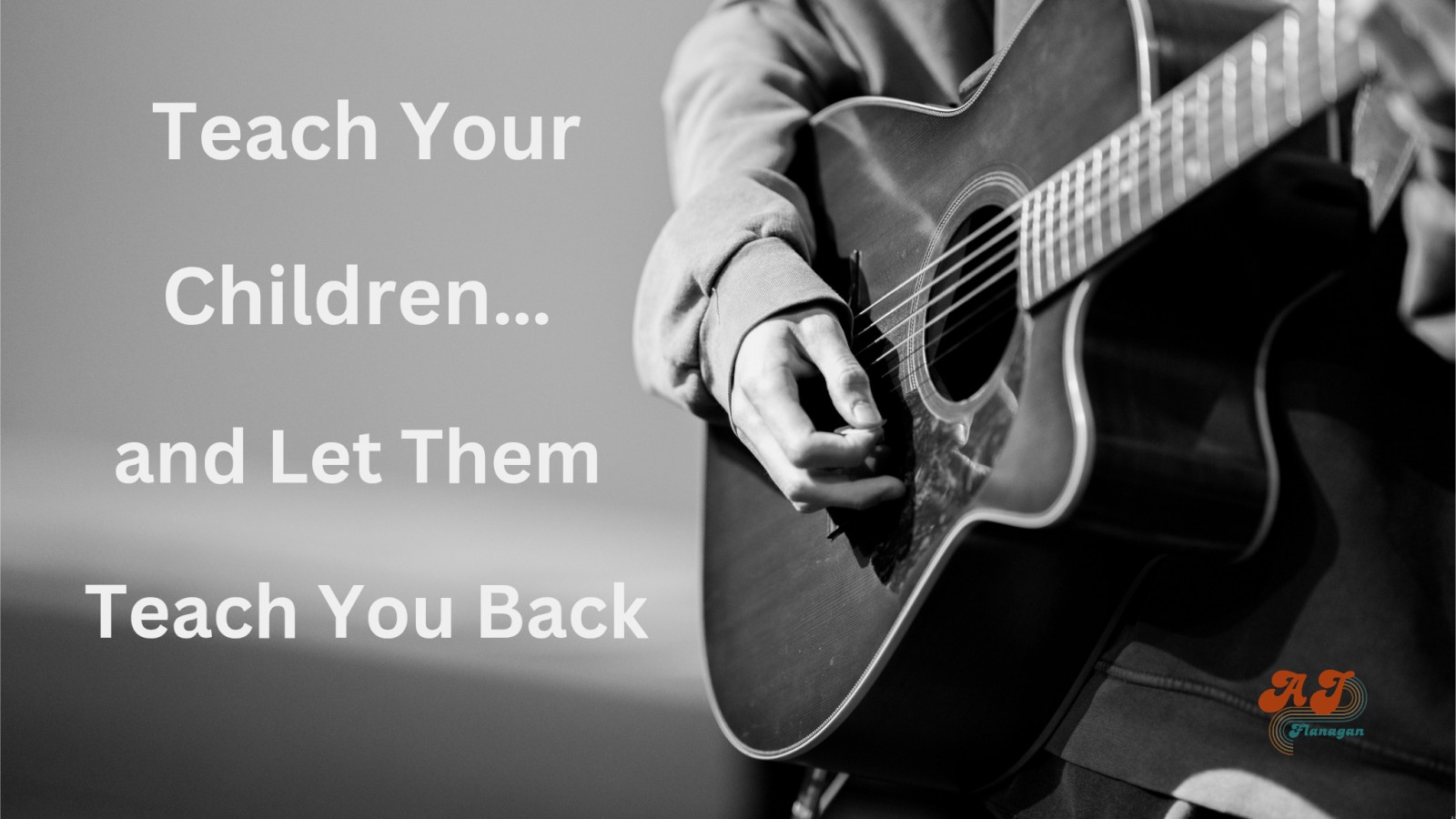

0 Comments